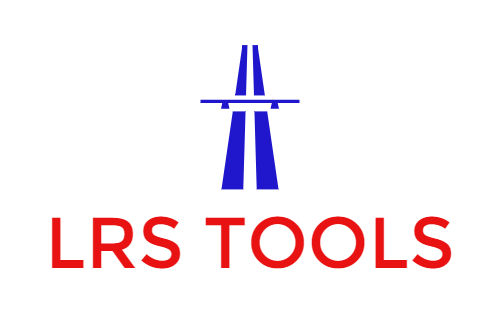A new version (10.2.121) of the LRS Lite Utilities has been published:
This version removes all hard-coded fieldnames (except for the “MRoute” fieldname used to identify R&H Marker features). The fields are now set in the LRS Options dialog. A command button has been added above the combo-box for selecting an Engineering Station layer that lets you define the fields that apply to these layers. A third tab has been added to the dialog that lets you access a button to display a form for defining fields related to LRS Event tables.
Notes:
- The route layer field is defined within the route layer properties.
- Many of these fields allow for multiple fieldnames (by placing a space between the names). You’ll see an error message if you attempt to define multiple fieldnames for an entry that doesn’t allow them.
